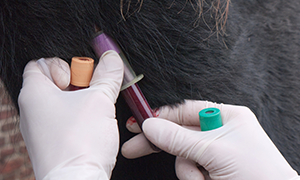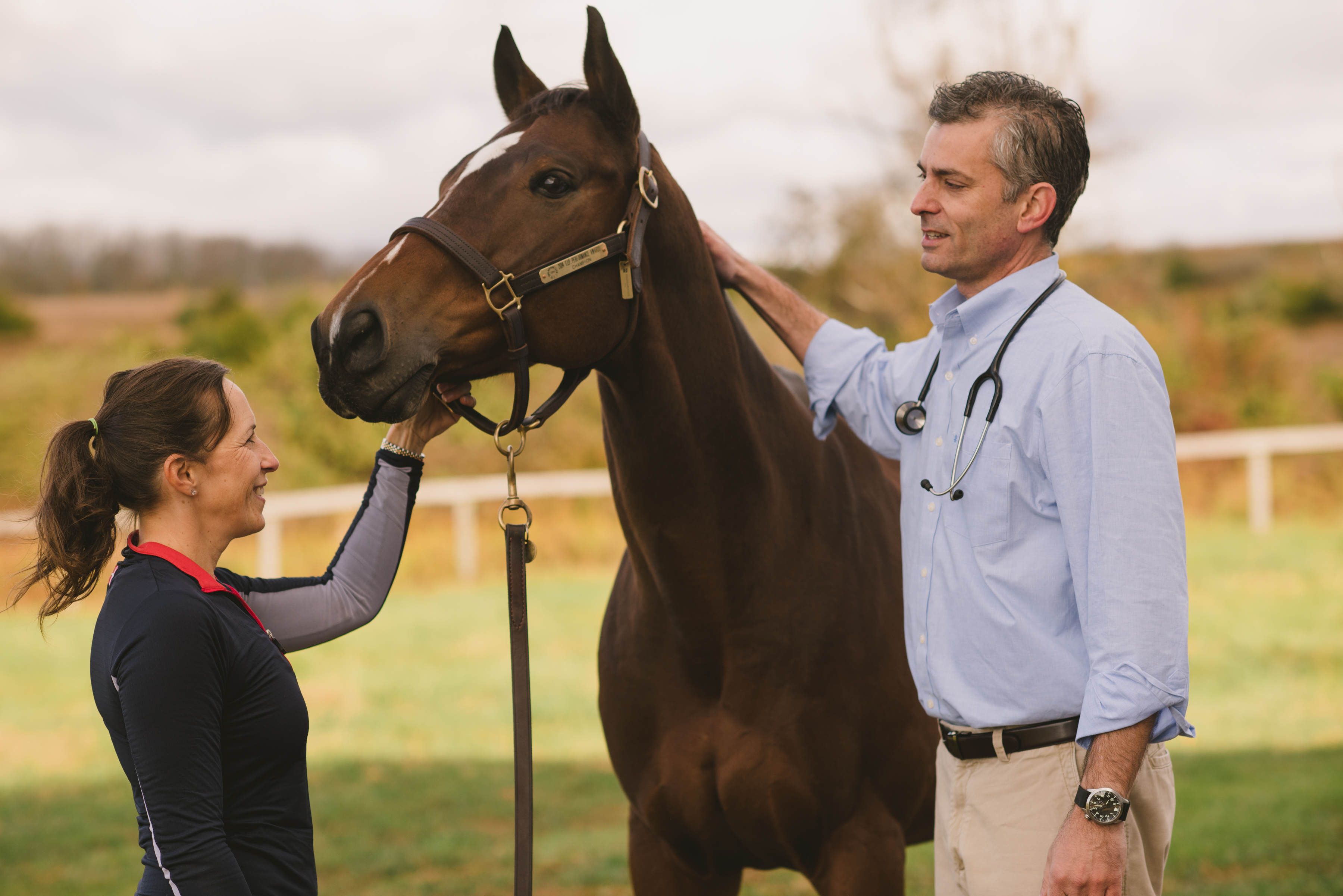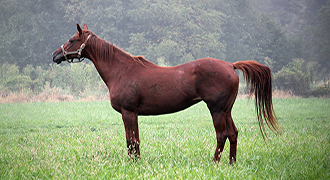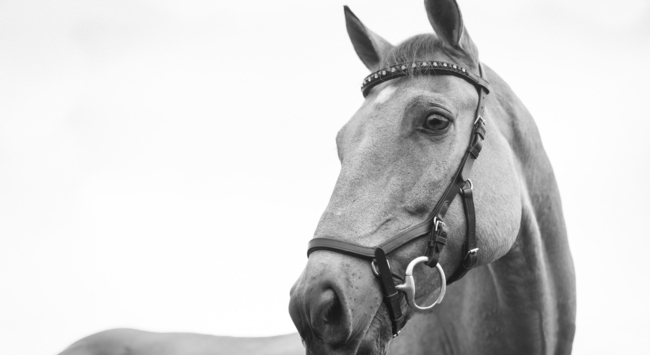
It’s in the blood
Whether animal or human, blood is essential. It’s an ingenious transport system, transferring oxygen from the lungs to all t...
23 April 2020
Read More
Your horse’s liver is big and very clever: it is your horse’s largest internal organ, weighing around 5kg and is thought to perform around 500 different functions. Unlike most other organs it also has a significant capacity to regenerate cells.
Where is the liver in my horse?
The liver sits centrally in your horse’s abdomen behind the diaphragm. At a microscopic level it is made up of lobules which consist of columns of cells around a central draining blood vessel. The hepatic portal vein and hepatic artery provide the blood supply and around 10% of your horse’s blood can be found in the liver at any one time.2,3,4
What does the liver do?
The liver is a versatile organ with numerous vital functions. It is key in supporting digestion and metabolism and also works as a filtration system to remove toxins ('detoxification').2,3
Bile, which is produced and secreted by the liver helps to process and absorb fats and fat-soluble vitamins. Carbohydrates are metabolised in the liver. Excess glucose from meals is stored as glycogen and converted back to glucose when blood sugar levels drop below normal.2,3,4
The liver filters and removes potentially harmful substances from the blood, to protect other organs in the body from damage. Naturally produced toxins, are also filtered; ammonia, which is produced from protein metabolism is converted into urea and excreted while bilirubin, which is an orange-yellow pigment formed from the normal breakdown of red blood cells, is filtered into bile for excretion into the gut.2,3,4
Blood proteins are synthesised in the liver and it also stores certain essential vitamins and minerals and iron. It manufactures many essential micro-chemicals too, including factors essential for normal blood clotting and certain vitamins.2,3,4
What can cause liver disease?
Signs of liver disease may include6:
Treating liver disease
Usually at least 70% of the liver must be affected before signs of liver disease occur which means that early stages of disease can be challenging to diagnose. A liver biopsy can be helpful, together with blood tests and ultrasound scans. Treatment and recovery very much depend on the initial cause. Treatment may involve antibiotics, steroids, and vitamin supplements. In severe cases hospitalisation and intravenous fluids may be required. Many horses with liver disease go on to make excellent recoveries.5,6
It is important to contact your vet immediately if you think your horse may have any signs of liver disease.
Did you know?
The liver accounts for roughly 1% of your horse’s bodyweight.6
References
MM-05380

Whether animal or human, blood is essential. It’s an ingenious transport system, transferring oxygen from the lungs to all t...
23 April 2020
Read More
Thick and lustrous, long and flowing, or fine and wispy and soft as silk, your horse’s tail is not just a spectacular fly sw...
14 February 2020
Read More
Your horse’s kidneys do a phenomenal job, processing around 45 litres of blood twice each hour, to filter out waste and reta...
16 December 2019
Read More